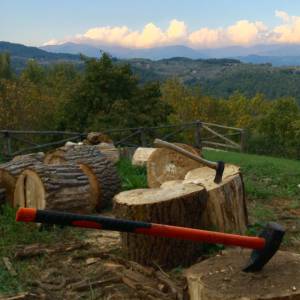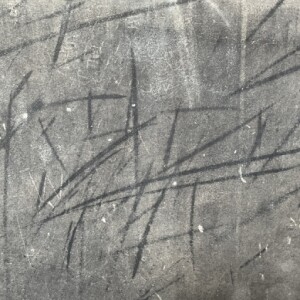Charles II
I had a saunter up the Royal Mile
This is the lead hollow-cast sculpture, reputedly by Dutch wood carver Grinling Gibbons, erected shortly after Charles the second’s death but completed a month before his demise in February 1685. The figure was cast in one piece, the horse in several. Noted for its fine crafting. Charles presented as a Caesar victorious after his eventual accession to the throne after the beheading of Charles I and all that trouble with Cromwell.
Mounted on a massive plinth originally of fine-grained Craigleith sandstone. Since replaced but with the original eulogium composed by William Clerk (advocate) in Latin and inscribed in marble. Clerk received one hundred and thirty one pounds scots for his pains. Here is a translation:
“ To Charles the Second, most august and most magnificent, the invincible ruler of Britain, France and Ireland, upon whose birth Divine Providence smiled at the very moment when a star was conspicuous in the noonday sky,*** and who, after a youth spent in arms under his father and after the latter had in the end been beheaded, maintained his own right for two years with energy indeed but without success; for unable to cope with a rebellion that was too often victorious, he was compelled to change his country for almost a decade. Abroad, however, despite the pacts, the wiles, the threats, and the military power of the Usurper, he was defended and protected by the watchfulness of Heaven, and at length emerging like the sun, all the brighter from the clouds that had enveloped him, here turned to his own realms without any shedding of blood and simply through recognition of his lawful claim, whereupon he established, enlarged, strengthened and confirmed the church, the state, peace and commerce. Then, winning fame by his war with Holland, he straightway became the arbiter of peace and war between his embattled neighbours. Finally, when the old rebellion recently showed signs of recrudescence, he checked the basilisk while it was still in embryo, crushed it and trod it underfoot by sheer sagacity and not by force of arms. To him, therefore, a prince of marvels, in a season of profound peace and at the height of his glory [this monument is erected]).
Translation from https://canmore.org.uk/event/1097772
For a flavour of Charles II reign read the chilling account of the tracking down of the 51 (?) regicides of Charles I recounted by Robert Harris in his recent novel, Act of Oblivion.
Here’s another mystery - see extra. These are part of a series of marks at chest/navel height on the inside of the 19th century classical portico to the Scottish Supreme Court in Parliament Square. They are found right around the portico on its inner side. My guess is that these are ink stains made in the fine sandstone ashlar blocks. Made by people sharpening quill pens. They look like slashes of artists charcoal and their height suggests them being made by hand rather than, say, spitting or accident. I looked at the historic building sites but could find nothing to confirm or demur. The courts were finished in the 1820s and the quill pen was gradually replaced over the 19th century with mass-produced metal nibs.


Comments
Sign in or get an account to comment.


